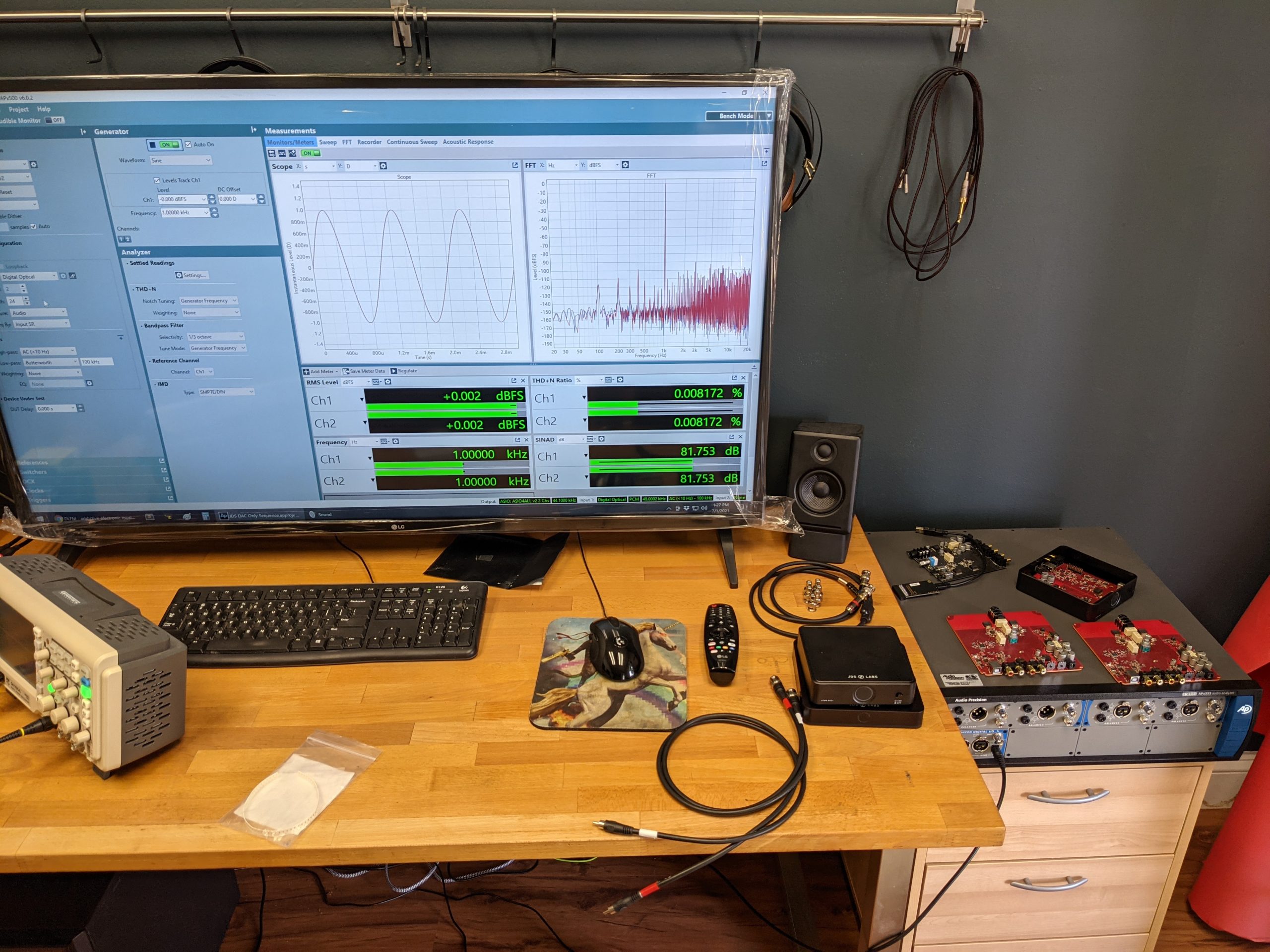I'm not entirely sure, but it also has to do with very poor clock implementation. Nearly all threads about this topic stem from people using ESS-based DACs with LG TV's and noticing severe pops/clicks and dropouts which is due to ESS attempting to resync constantly as detailed in that link I posted:
"This behavior is the result of the ESS's otherwise excellent jitter recovery logic. The patented jitter eliminator must periodically unlock and re-sync because the digital stream is so poor. AKM and Wolfson S/PDIF receivers are not asynchronous, so they pass along any significant jitter from an optical source, thus, eliminating any chance of a momentary pause for an S/PDIF re-locking event. Re-locks are ordinarily quite rare--you should never encounter this behavior with default jitter rejection values. And under typical circumstances, ESS's asynchronous jitter elimination results in dramatically higher jitter performance than older DACs without this technology."
I first noticed it with an ESS-based Topping on my C8. I then swapped out the C8 board with a C9, and noticed the same issue. I pulled out an old Schiit Modi 3 with AKM and 95% of the issues went away (however there are still random pops and clicks on my current AKM DACs which do not occur on my other optical sources). It's just that LG (and most manufacturers) seem to not care anymore as a previous poster said, but it's still annoying to say the least.


